HPDL watch
A watch with an old-school HPDL-2416 display. It is driven by ATmega16.
A watch with an old-school HPDL-2416 display. It is driven by ATmega16.
To make the experience fit your profile, pick a username and tell us what interests you.
We found and based on your interests.
After couple of weeks wearing the watch I've noticed that CR2450 doesn't really fit the device - it's nominal voltage (3 V) is really just above a threshold when the watch stops working. I've checked and found out that it turns off when voltage drops below 2,9 V and it's quiet an issue, because CR2450 nominal capacity is calculated from 3,0 V to 2,3 V. Sometimes you can even buy this type of battery from the store when it has less than 3 V left.
So I decided to change CR2450 to rechargeable LiPO battery with 300 mAh capacity. Besides ability to recharge it, it has a short circuit protection built-in and protection from overdischarging - it cuts output when voltage drops below 3 V. And it works very well! I have short circuited my watch few times accidently when washing my hands or in the rain and protection worked.
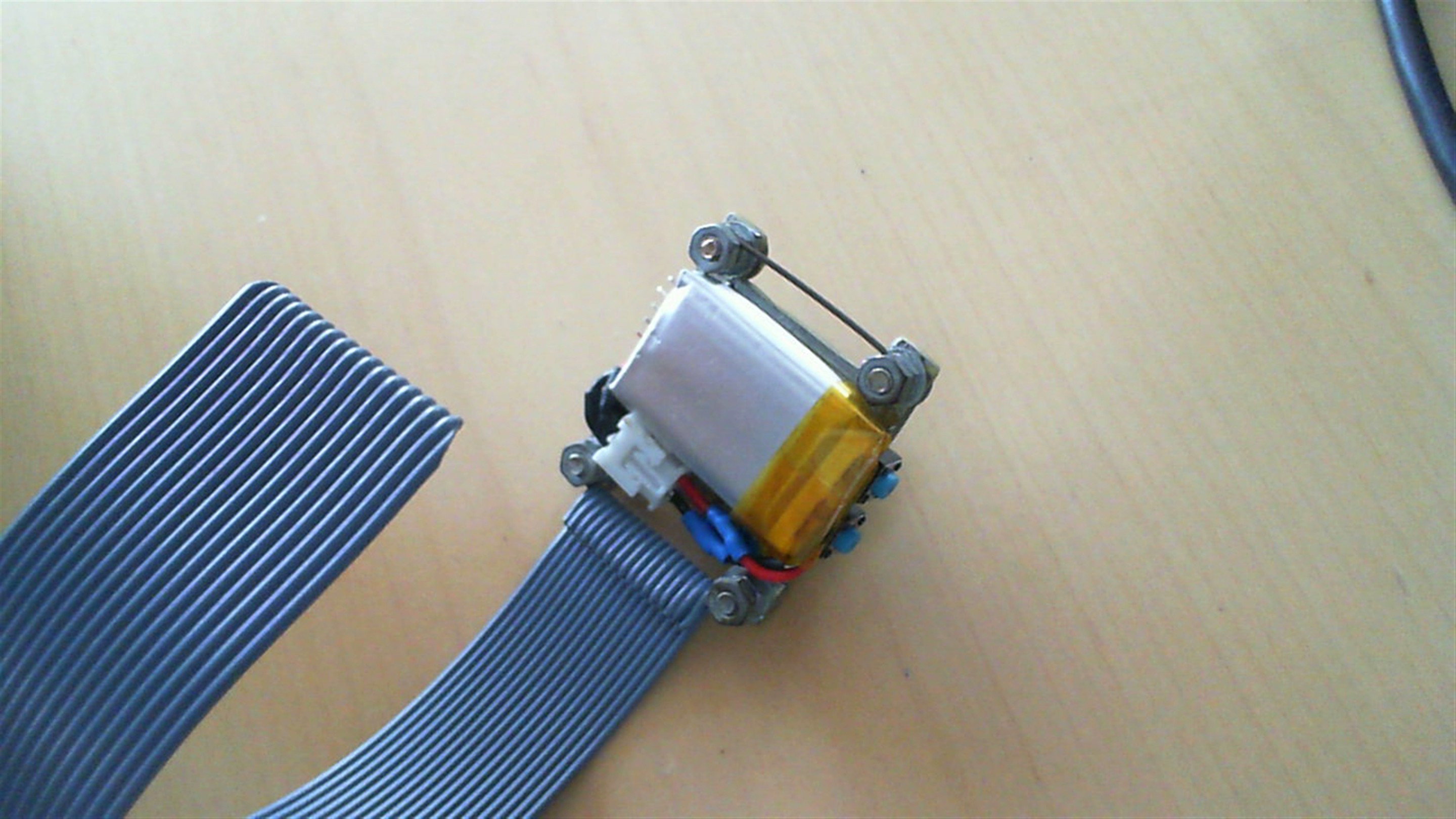 P.S. it feels better for my whrist to wear the watch with a new battery :)
P.S. it feels better for my whrist to wear the watch with a new battery :)
I always wanted to have a watch but couldn't afford it. I used to ask family and friends to buy one as a gift for my b-day or Christmas, but they are pretty supersticious about it (it's said that a given clock shows you the time till your death). I read hack-a-day really often and I've seen some cool projects about making watches (even smart ones!). I've been having pretty cool old-school display HPDL-2416 so I thought that maybe I could build a watch by using it.
And I did. I'm very satisfied with the result. In the beginning I thought it will come quiet ugly and I'll need to make a case for it, but now I like how it looks. And the really cool thing is that I made some swag by myself and I feel proud of it :) .
Let's start with PCB.
I wanted to mound display on one side of the PCB and the uc - on the other. Unfortunatelly, uc barely fits in the middle of the display's back and some pinout traces of display and uc touches where they mustn't. The traces which should not touch are marked by white color. I made the PCB on my own using fotolitography technique, so when I printed the mask for PCB, I carefully scratched the ink from those white places.
On the upper side of the PCB there are contacts for buttons to set minutes and hours. Below there are contacts to attach a programmer. On the lower left side those 2 bigger contacts are set for ATmega16 INT2 pin. I thought I'd use it to turn on the display, but later I changed my mind so I left it unconnected. Holes between C1 and C2 are for 32.768 kHz crystal. Those yellow traces should be connected by using wire.
By the way, one more thing: if you check closely, you will see that display is not connected to VCC - it's power pins are connected to ATmega's PD0,1,4,5,6 pins. When testing the display, I've noticed that when it is blanked it still drains about 1mA of current at 5V. I wanted to cut off the power totally so I decided to power it from ATmega16 pins directly. According to mega's datasheet it can source up to 40mA per pin and 200mA per port, so 5 pins of PORTD makes the max ammount. The HPDL drains 150 mA max so it is enough. When I want to turn off the display I write logical 0 to mentioned earlier PORTD pins and to PD7 which is connected to display's blank pin.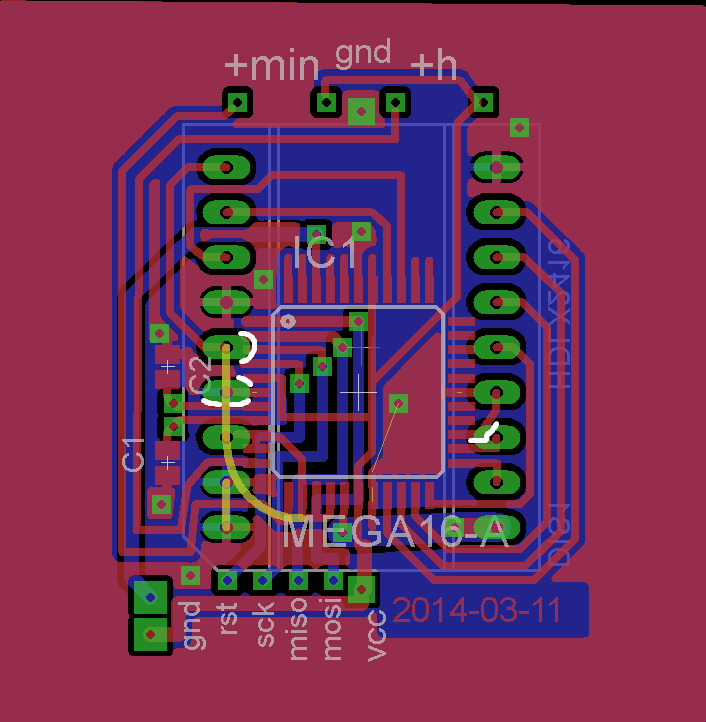
The PCB (check the "scratched" traces):
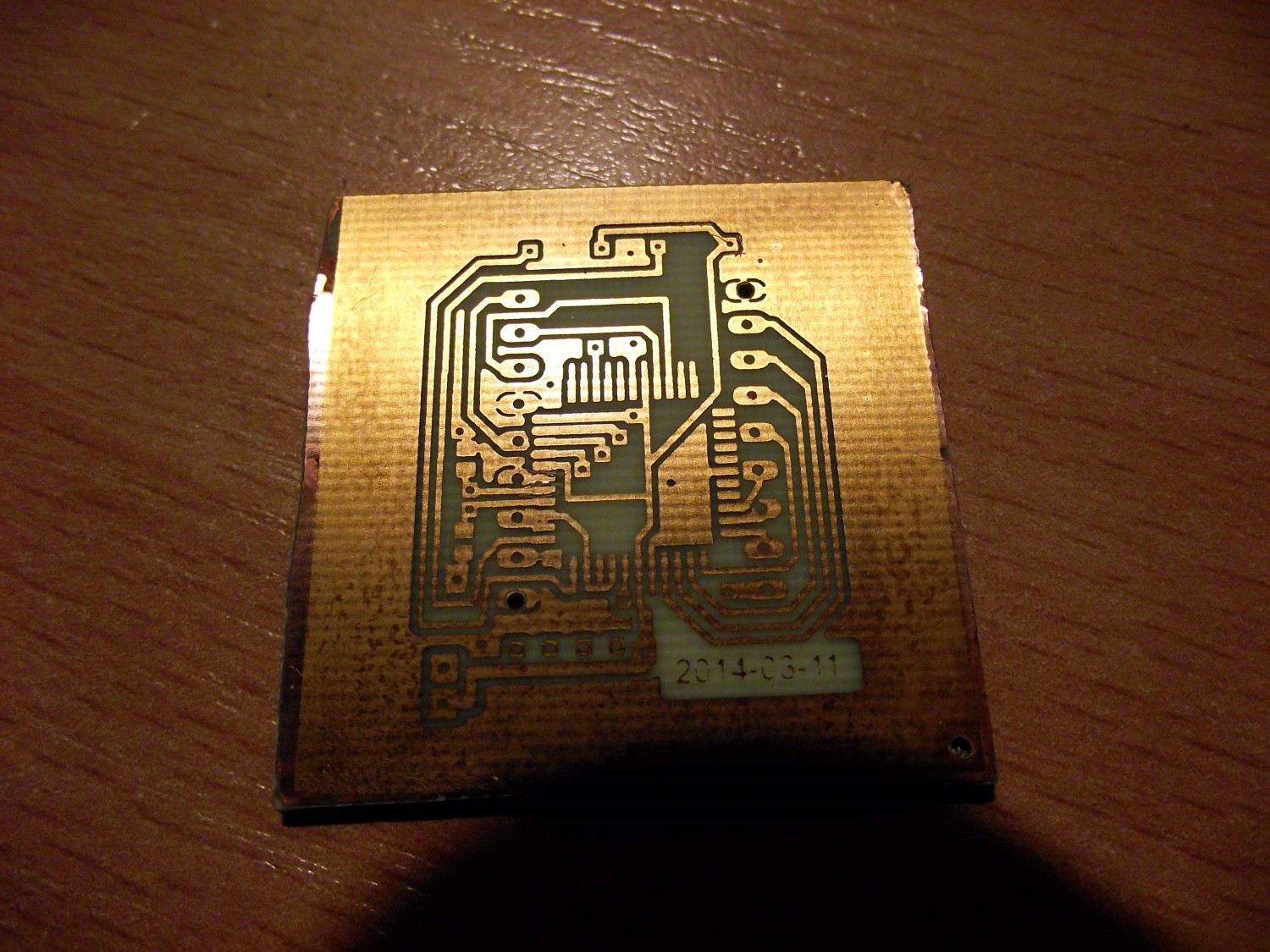 All components soldered:
All components soldered:
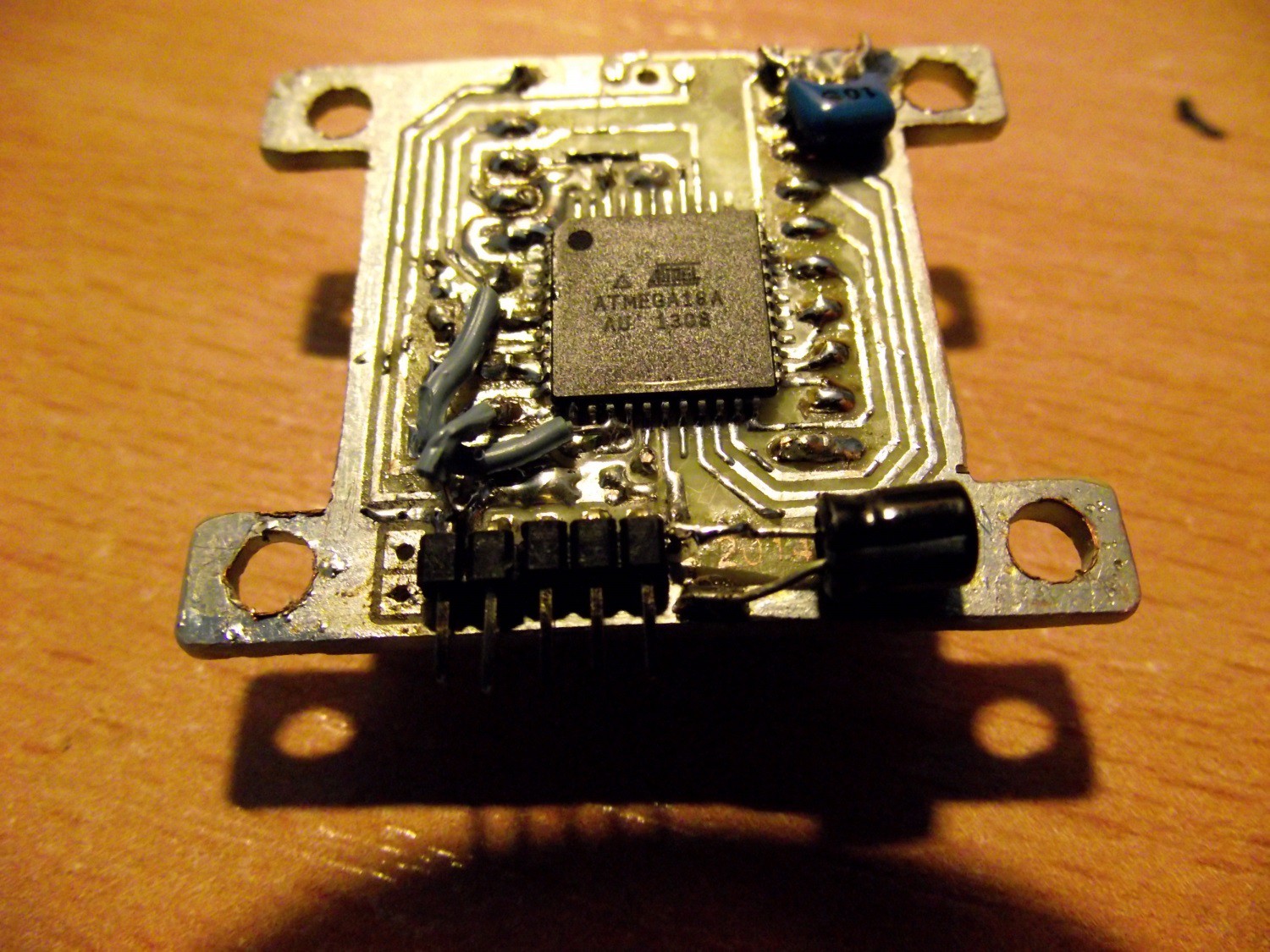
The code is next.
It's available at my github, I'll just explain a little bit. The timer2 is set to overflow and it's prescaled to 1024. With 32768 Hz clock it overflows every 8 seconds. Then I add 8 secs to the time variable. I've also set INT0 and INT1 interrupts for setting hours and minutes. When you press any of these when display is blank - it will only turn it on by powering and unblanking it. Then you have to wait 2 s till you can set the time. The display goes off after 16s when any button was pressed. Moreover the power-down sleep mode is used to reduce power consumptions of the uc.
Add a battery holder and upload the firmware.
I had a holder which was designed for thinner battery than CR2450. I wanted to bend it's top pin but I broke it, so I had to make it from wire. By the way, I had to extend the gap between it's pins which need to be soldered to PCB - I've cut one and soldered a extending wire. BTW, in the foto you can see that I put the battery upside-down. I designed it like this on purpose, because battery in this way holds better in this holder :) .
In the foto you can see the programmer attatched with it's pinout.
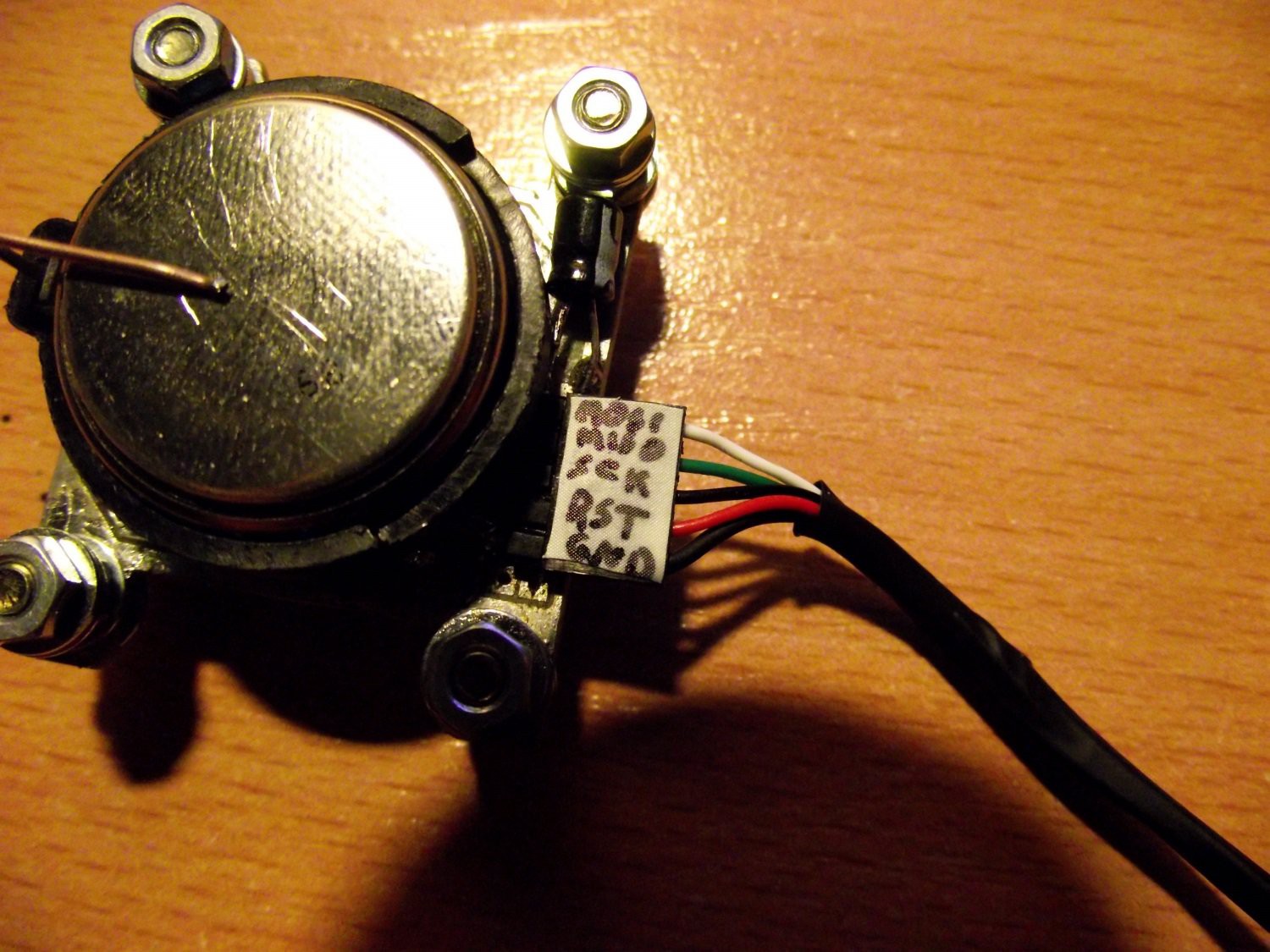
Don't forget to set the right fuses (I use khazama AVR Programmer to flash AVR):
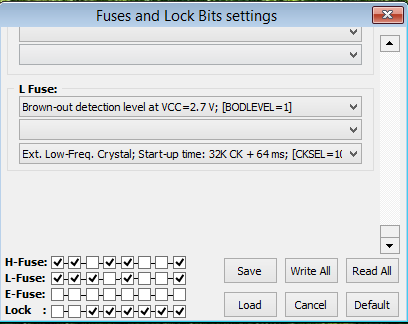
Create an account to leave a comment. Already have an account? Log In.
Become a member to follow this project and never miss any updates
By using our website and services, you expressly agree to the placement of our performance, functionality, and advertising cookies. Learn More
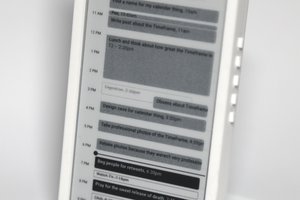
 Stavros
Stavros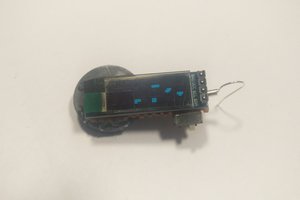
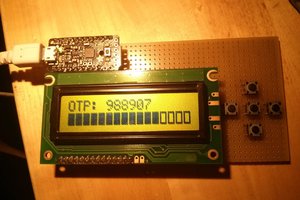
 naqua
naqua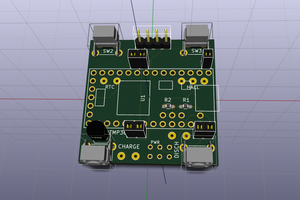
 Matias N.
Matias N.
I have like this one.It call HPDL1414 from Hewlett Packard.It easily firt into arduino pro mini.I use real time clock ds1307 .